Astrological Significance Of Shankhas
The Different Types Of Shankhas And Their Astrological Significance
Shankh, or the conch cell is one of the most important religious symbols of Hinduism and hence is considered extremely sacred and holy. According to Hindu Mythology, the shaknh first emerged during the Churning of the Ocean by the Devas and the Asuras and was adapted by Lord Vishnu as his adornment.
Significance Of Shankh
Since the ancient times, the shankh has been blown to announce the beginning of any new and auspicious tasks by the followers of the Hindu religion. This is because the vibrations emerging from this pious object, when it is blown, are believed to destroy all the diseases ad germs along with the negative energies existing in the surroundings. Moreover, the sound of the shankh is believed to bring peace and prosperity to the people blowing them.
Types Of Shankh
The shankhs are primarily categorized on the basis of the hand with which they can be used. The right handed shankhs are of Lord Visnhu and have preservative qualities while the left handed shankhs are belong to Lord Shiva and possess destructive qualities. In addition to this basic categorization, the shankhs are of the following 7 main types.
Ganesha Shankha
This is one of the largest worshiped shankhas and is rarely found. This Shankh blown in the honor of Lord Ganesha, helps to ward of the evil and enhance the prosperity of the household. It is advisable to wrap the conch in a red cloth to maximize its positive effects.
Dakshinavarti Shankha
This shankha gets its name from the distinct brown lines flowing towards its south and is believed to represent wealth and prosperity. It is considered to be one of the greatest and rare shankhs found only in deep seas and brings prosperity and success to the individual and the household.
Vamavarti Shankha
This is a left handed shankh and is believed to eliminate all the negative energies within a household, when placed at the appropriate location. It is this property that makes this shankh an integral part of the Shri Yantra for eliminating negativity and creating a positive ambience around the instrument.
Kauri Shankha
This is one of the most auspicious shankhs and is believed to be a harbinger of good luck success and prosperity especially at wedding functions. Its structure is believed to closely resemble the hair of Lord Shiva and it often adorns the idol of Nandi the guardian in Shiva temples. It is also kept in cash lockers to avoid financial loss.
Gaumukhi Shankha
Gaumukhi means having the face of the cow and that is how this shankh gets its name. The conch is considered extremely holy due to its resemblance to the most sacred animal in Hinduism. It is also believed to offer the same benefits as that of keeping a cow.
Hera Shankha
This shankh gets its name from its inner sparkling crust and the sparkling crystal like substance found in its opening. It is one of the most costly shankhs and is generally found only in mountainous areas.
Moti Shankha
This extremely rare shankh is named so because of its unique pearl like shine. It is just one among the 20,000 shankhs found and even then the ones perfect for blowing are just 1 of the 10 such conches.

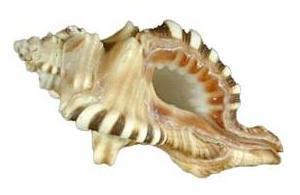
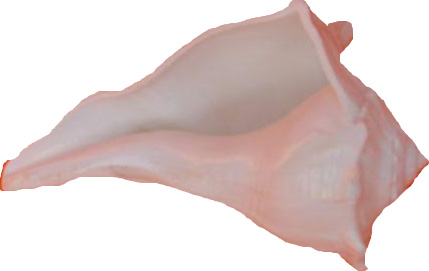
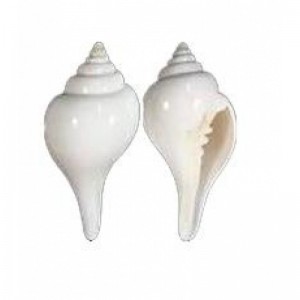
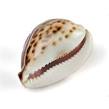
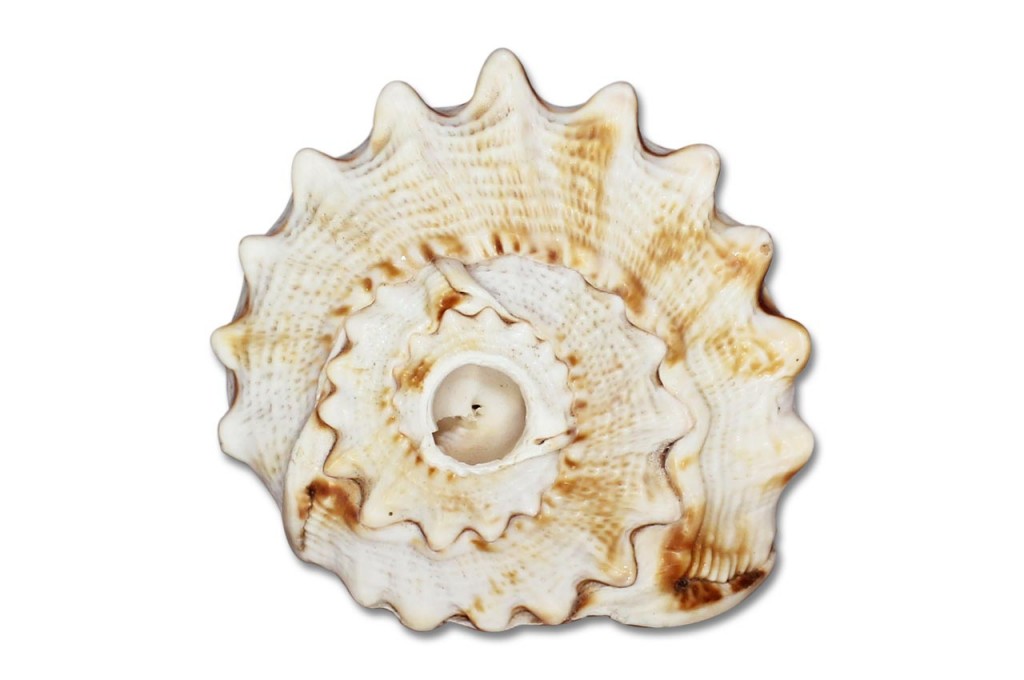
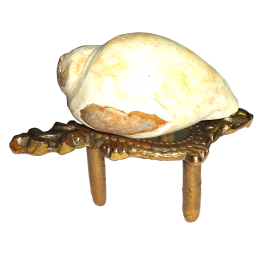
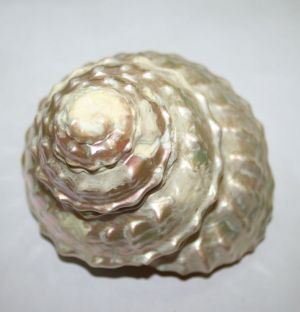
Such a detailed article about sankhas. I personally love the sound of them but i never knew there were so many varieties of shankha
Great to know about shankhas. I always loved the positive vibes it gave but never knew that it can destroy germs also. Also, thank yor for sharing these varieties. Great one. Keep up the good work.
This is really awesome thing, I never heard of different types of Shankhas ???????? in our culture they means alot. Very nicely explained dear thnx
Wowww wowww wowww!! I don’t know there are so much type of Shakhas! Thank you.
Something new article and very close to me…being a Bengali, shankha is an essential part of our daily life.my native place situated at bay of Bengal, so I am very much aware about these shankha…many times we see them alive…you made me nostalgic dear ❤️
I always wondered about different types of shank’s but haven’t noticed them before. You have very well explained dear.